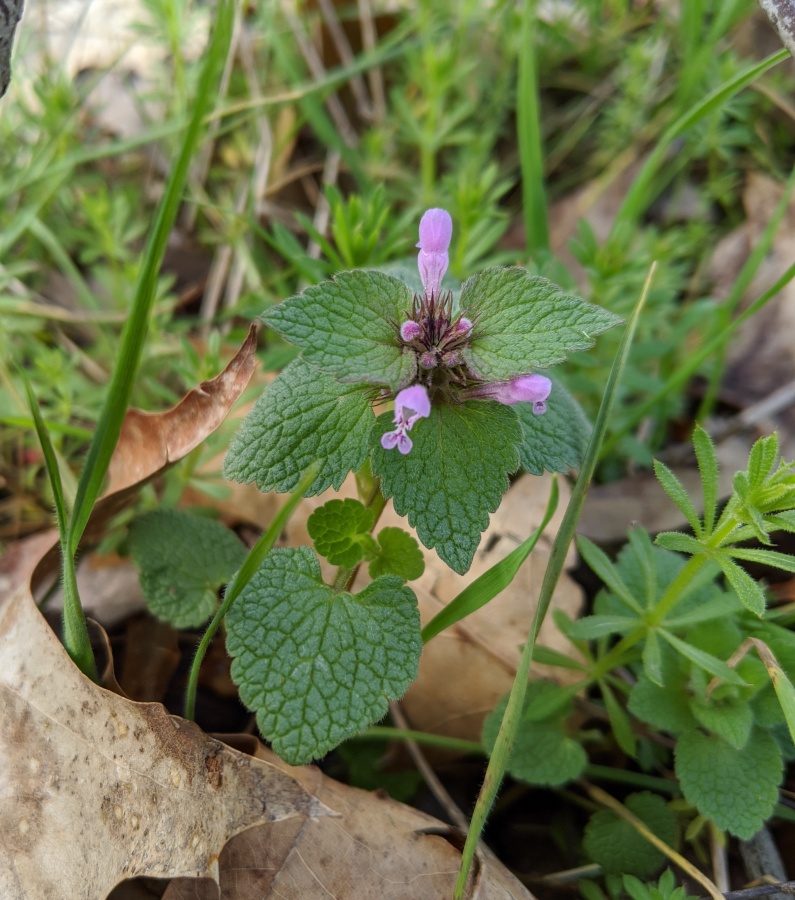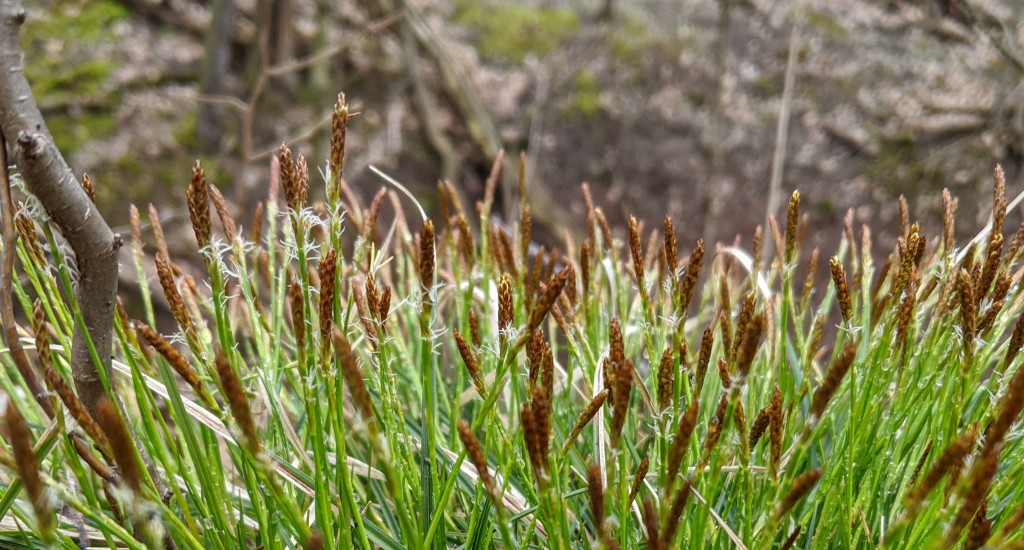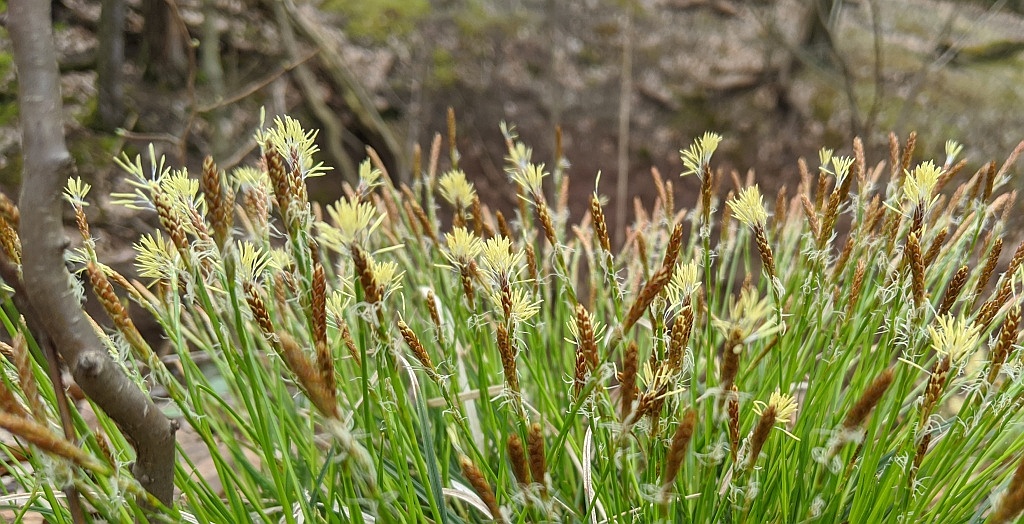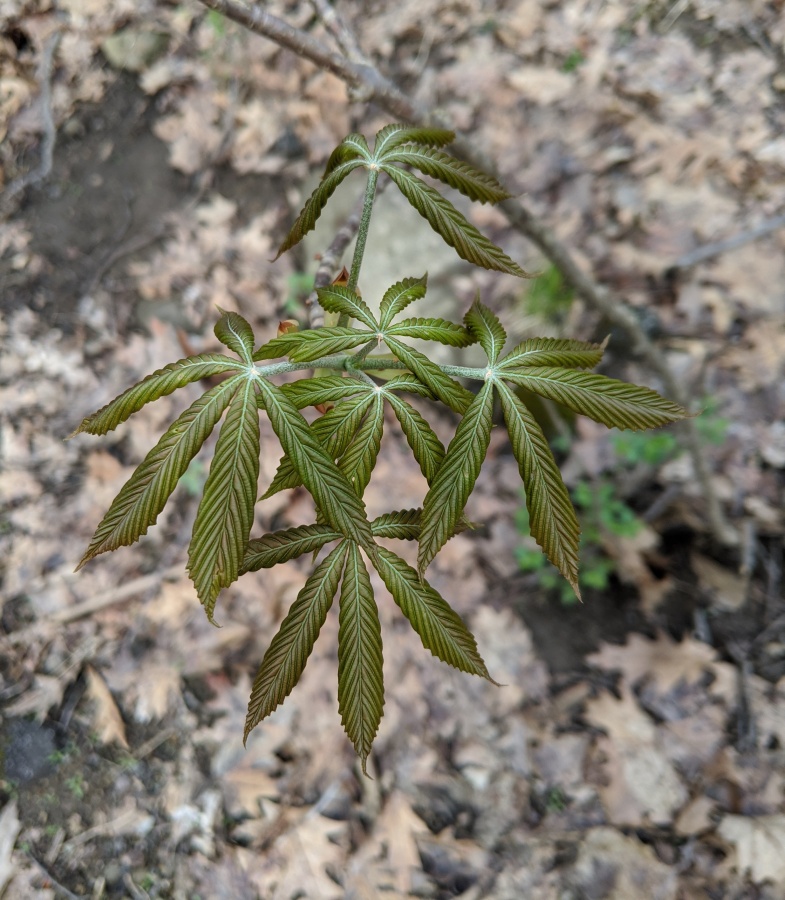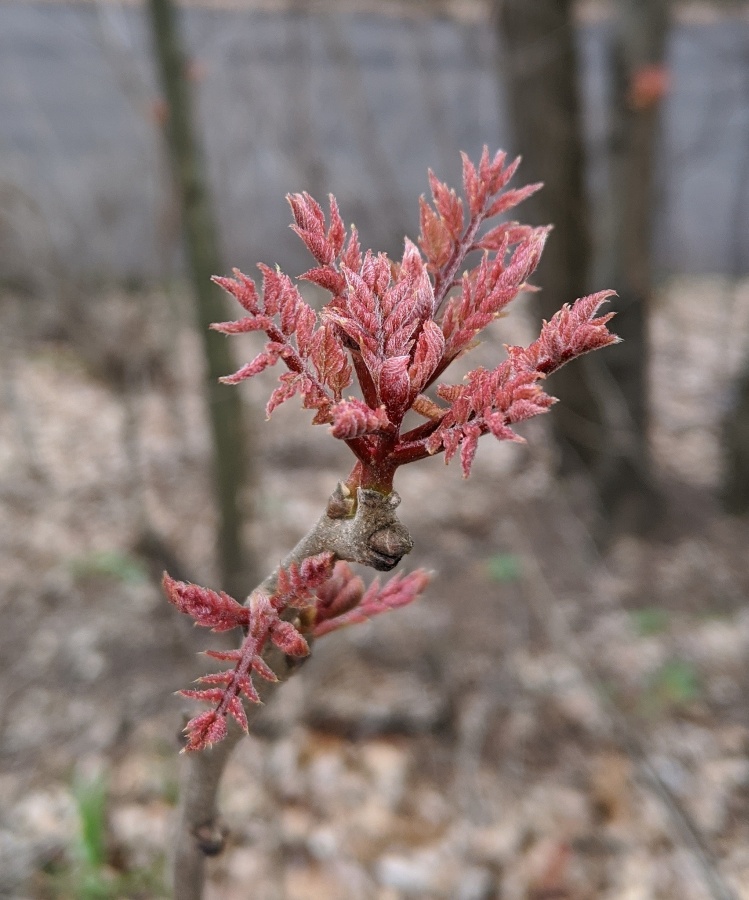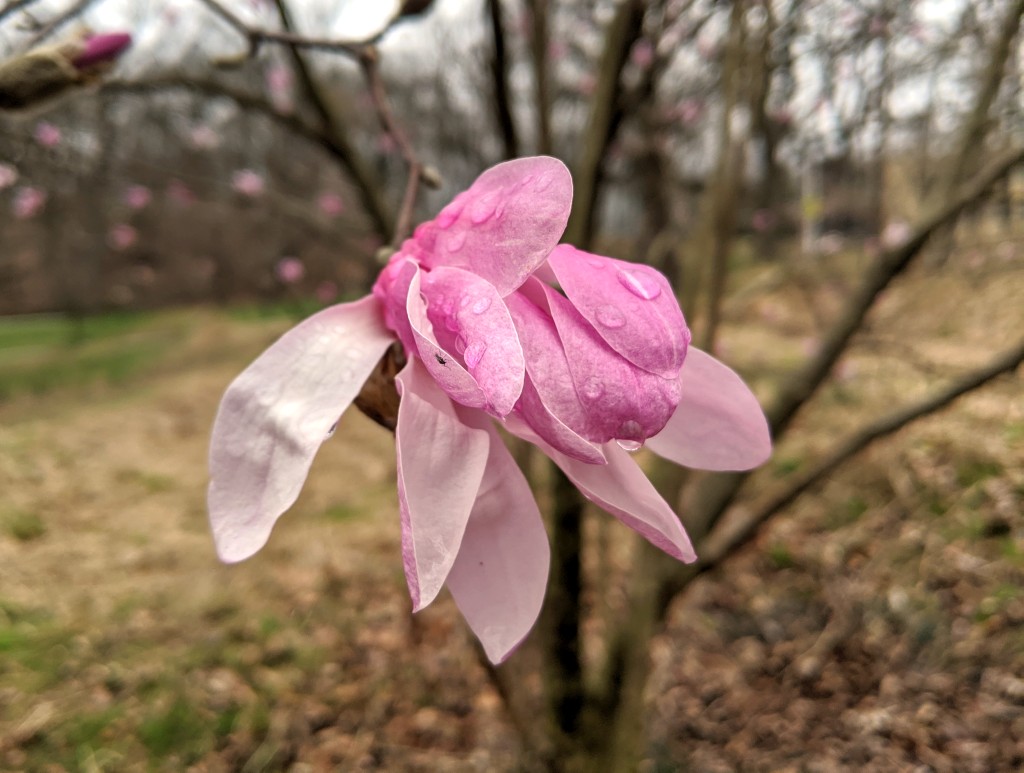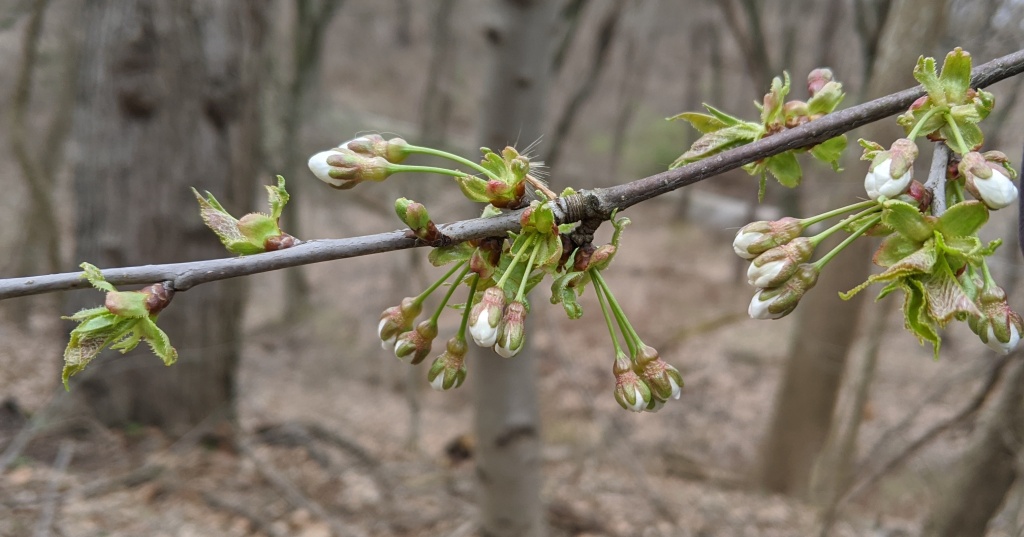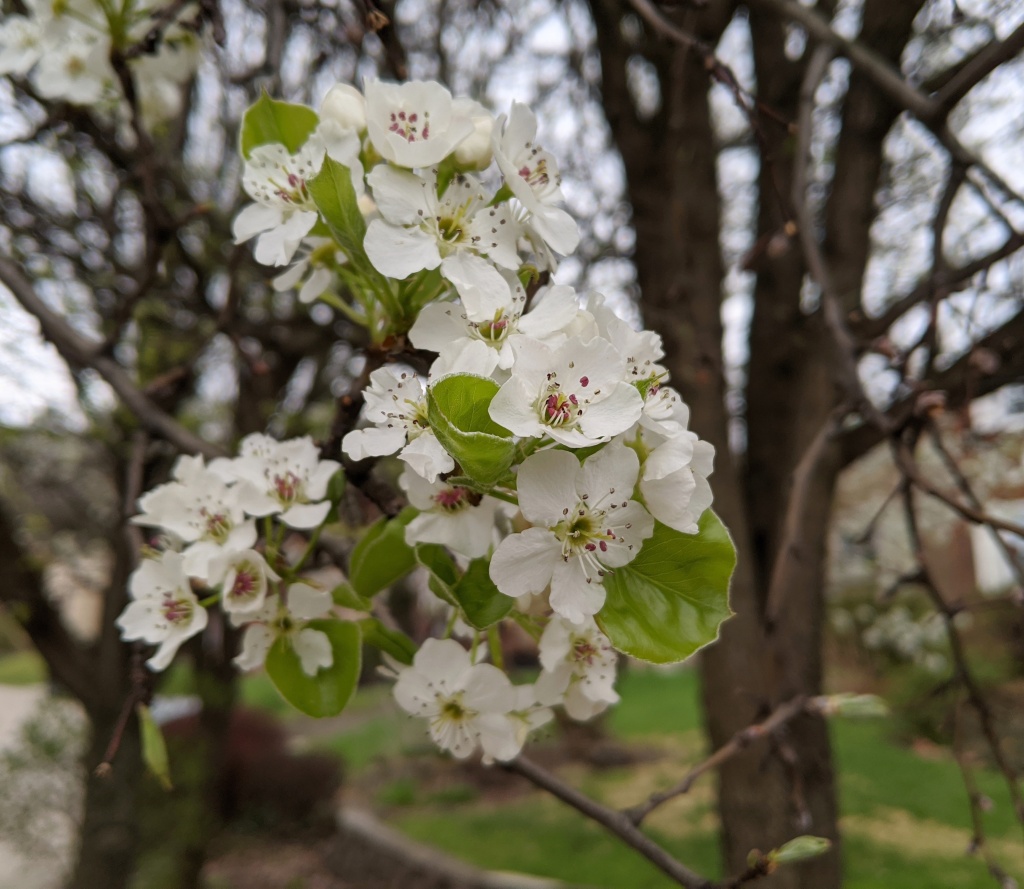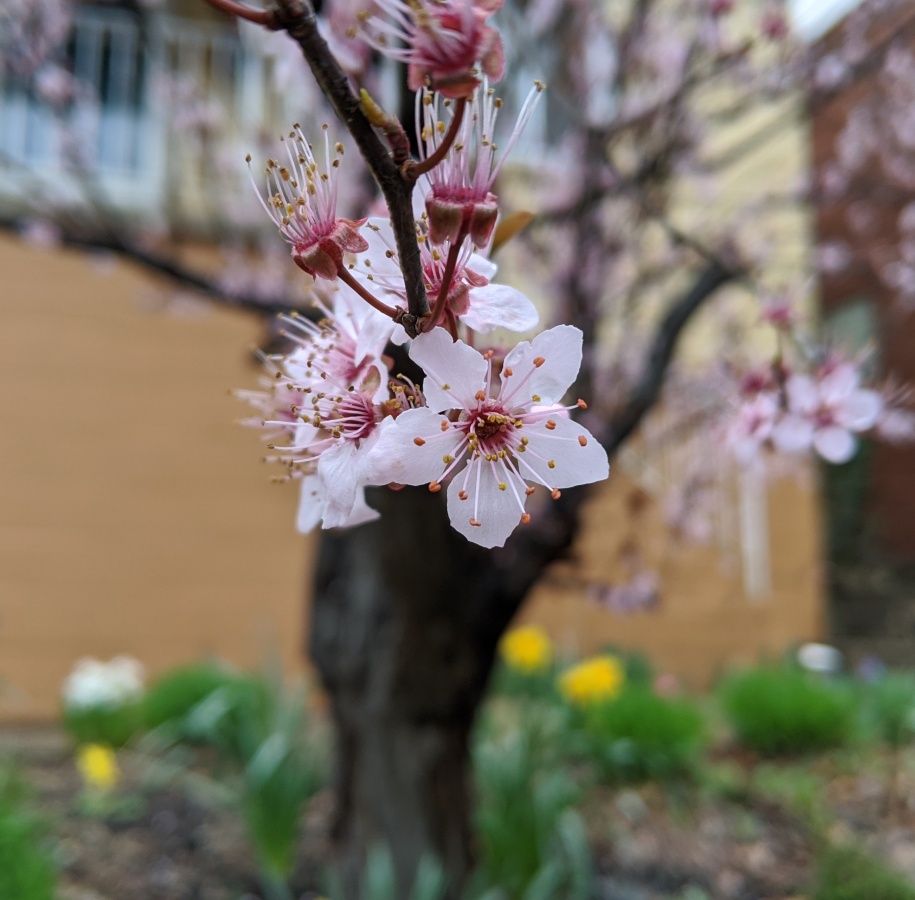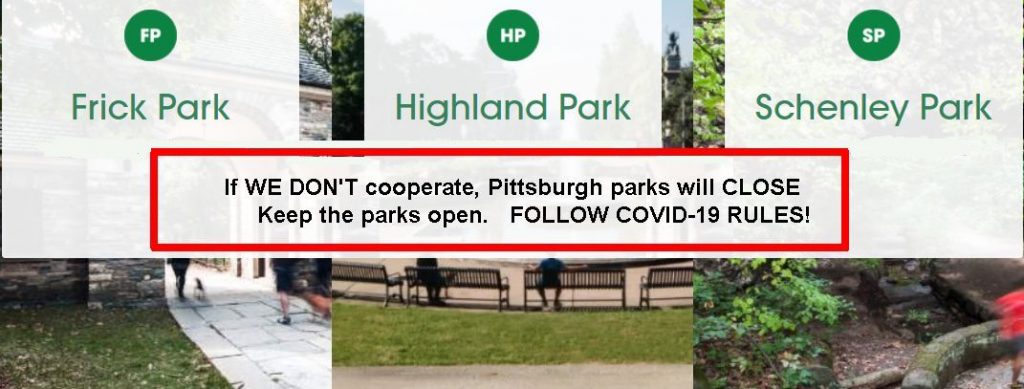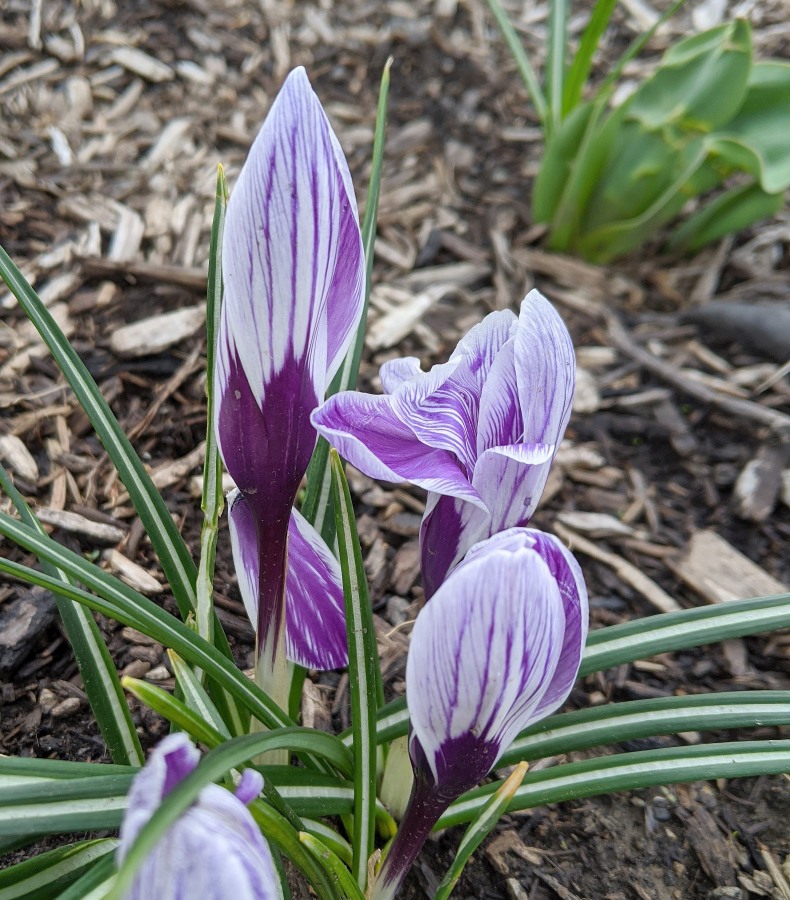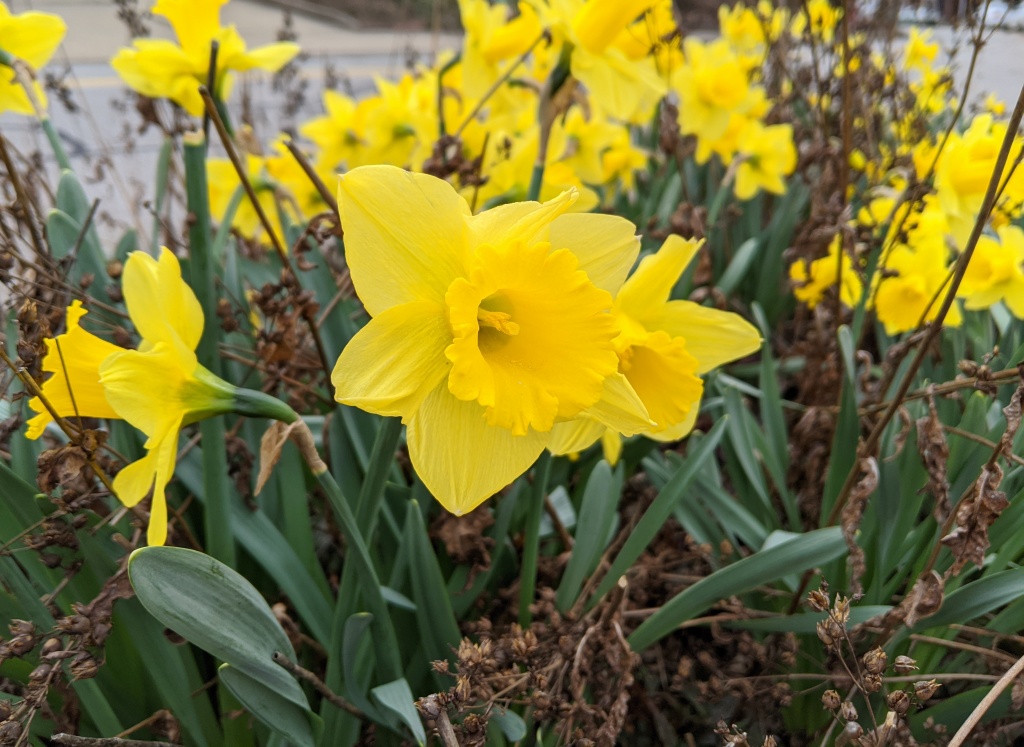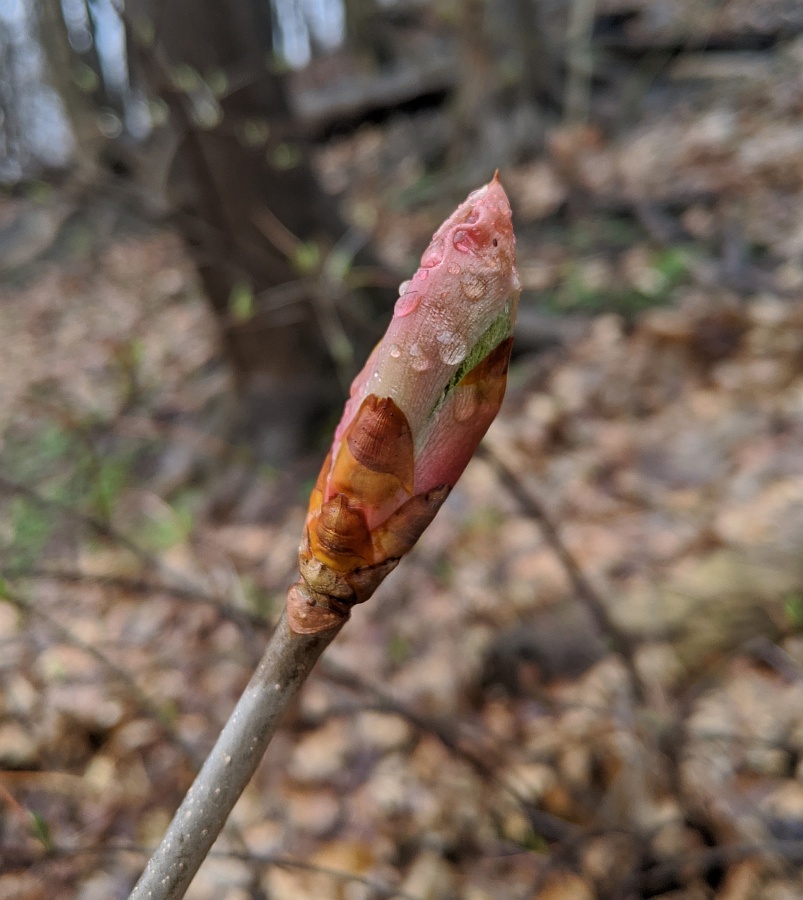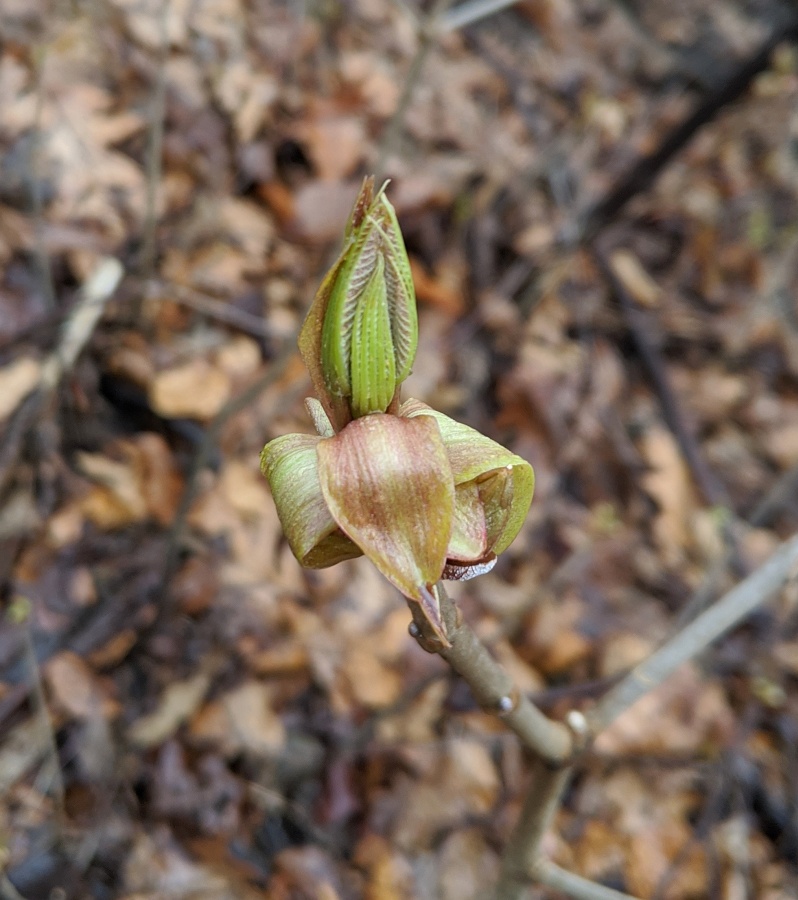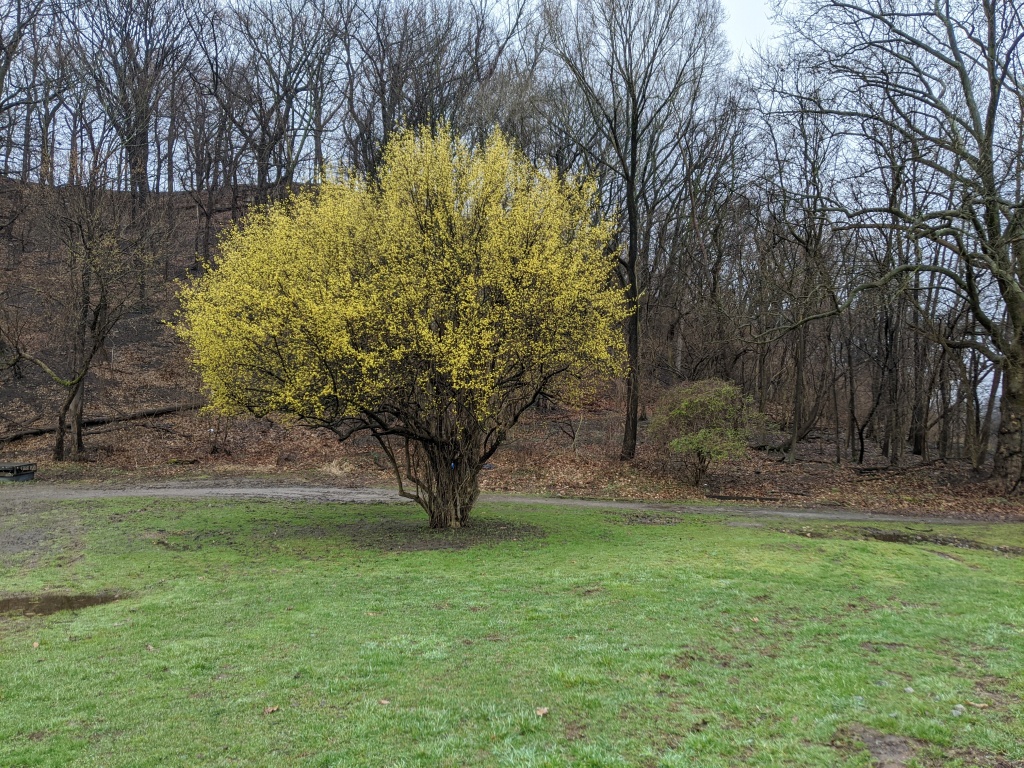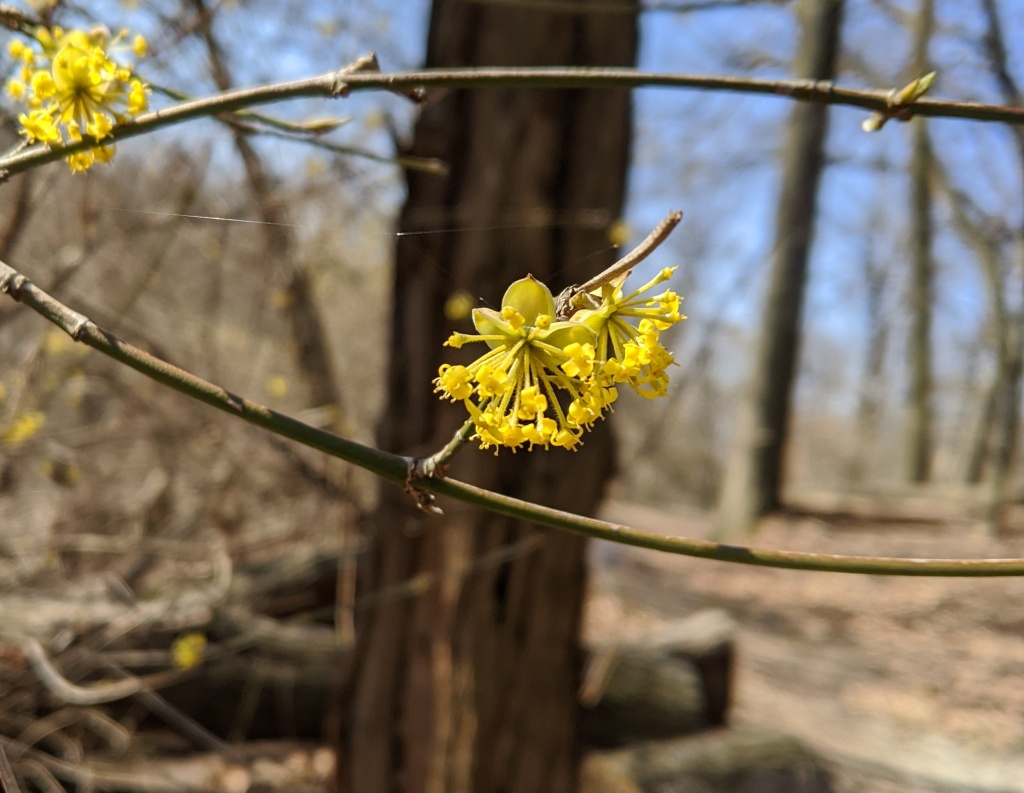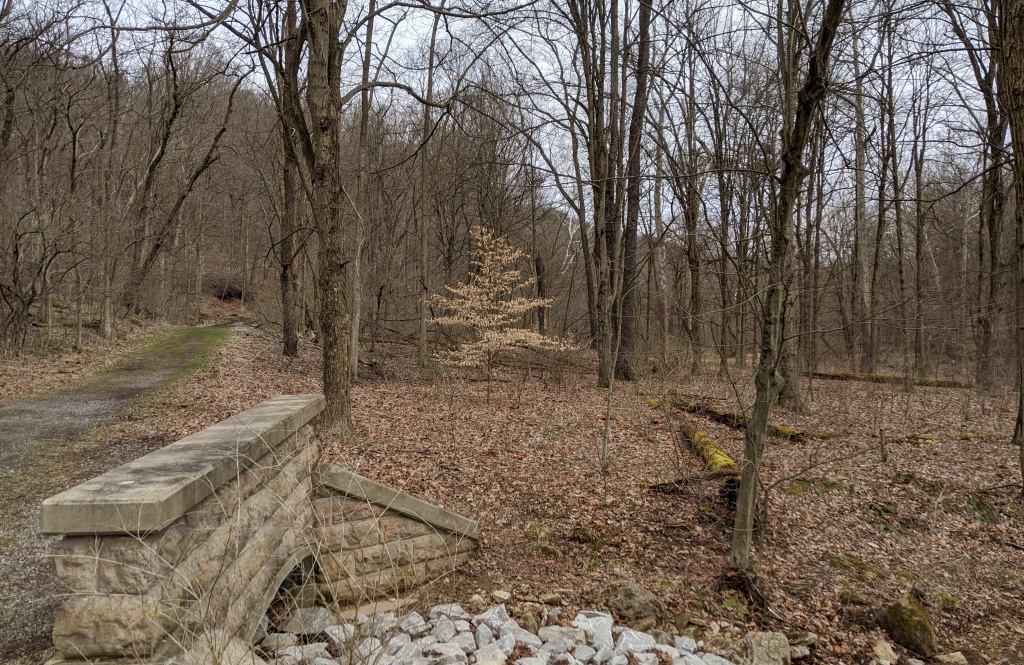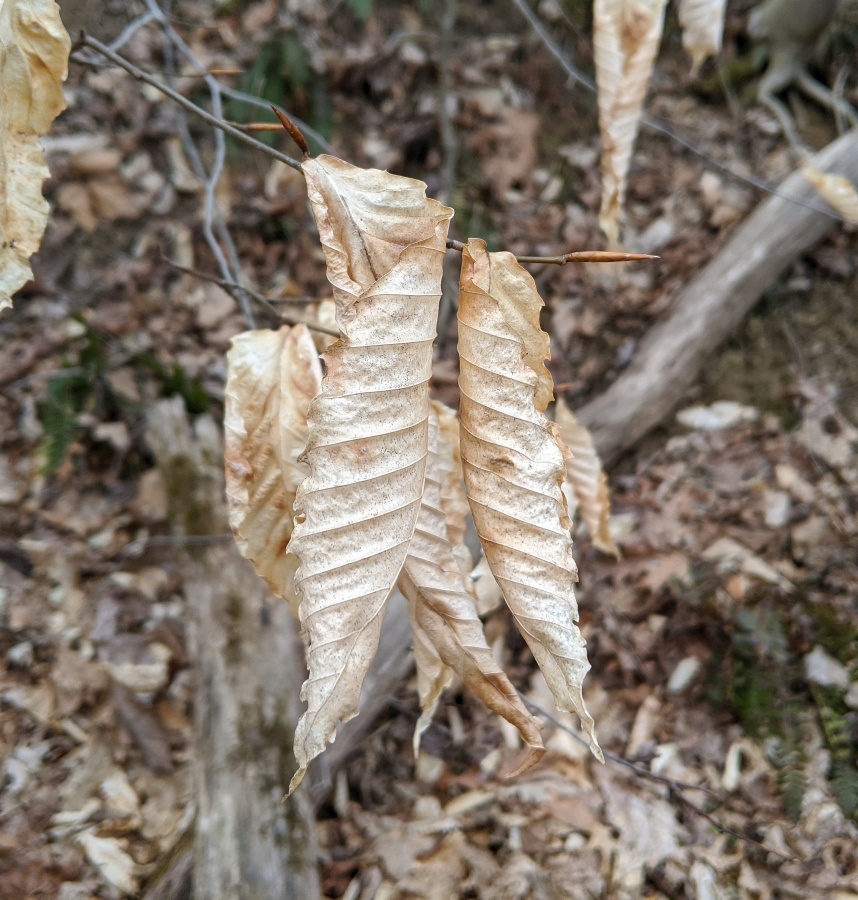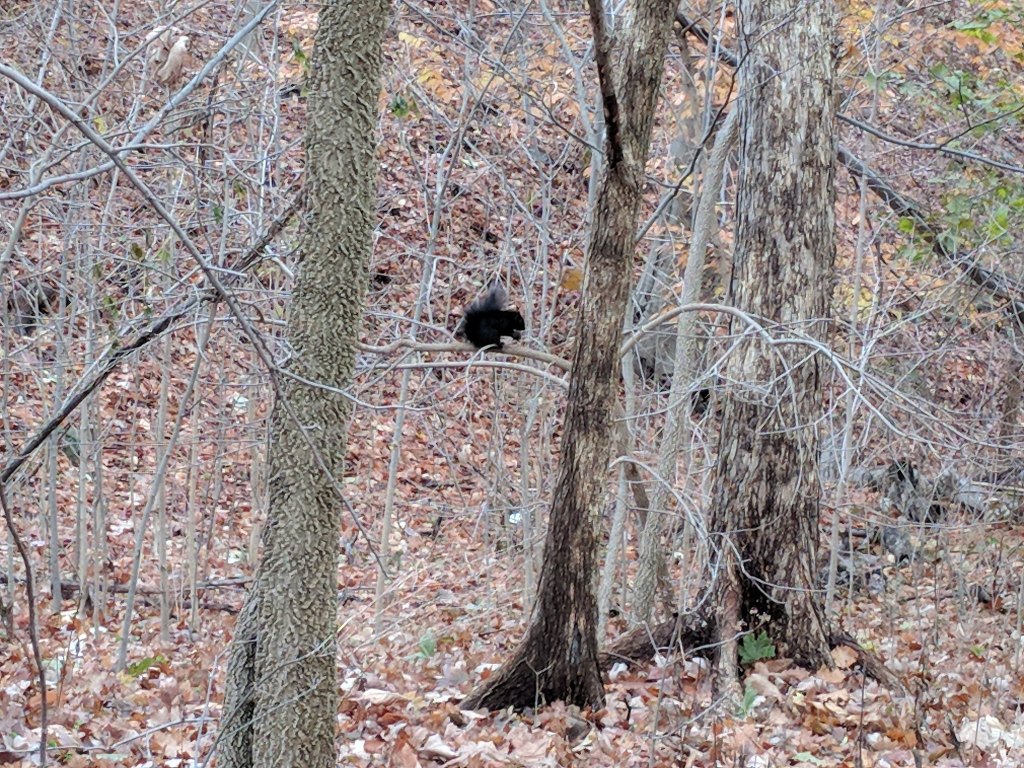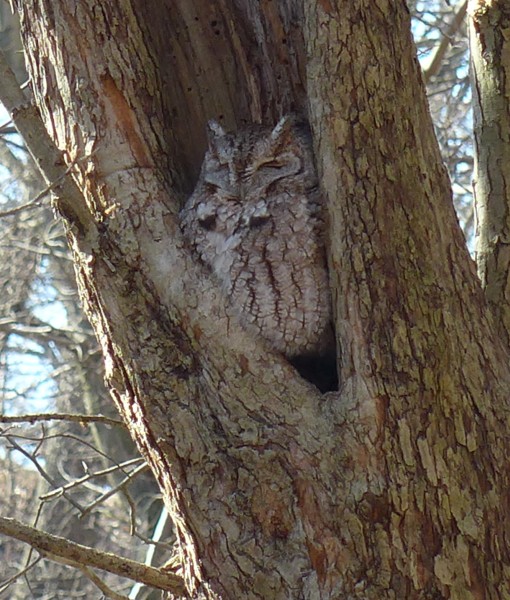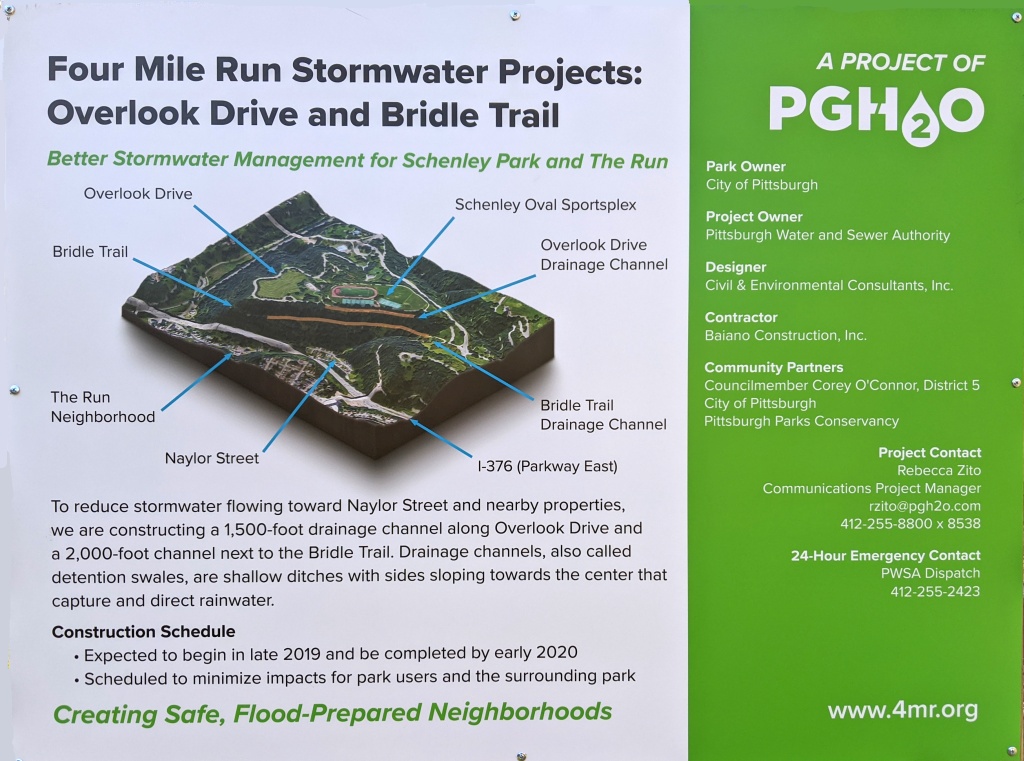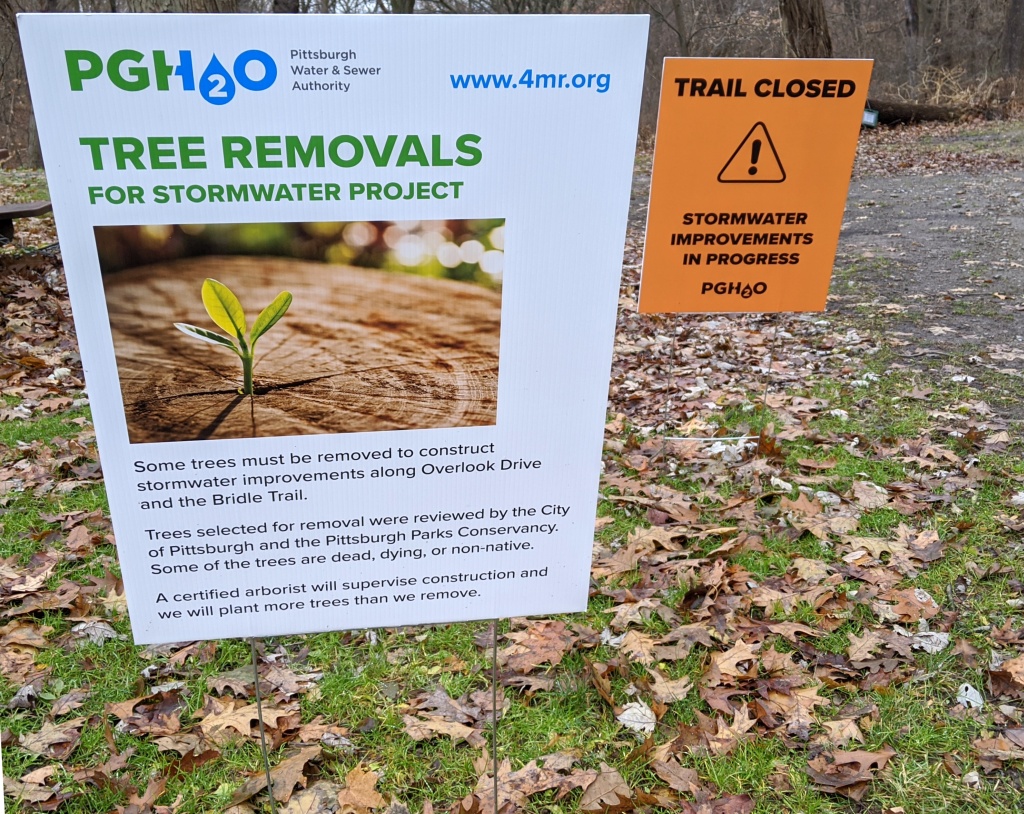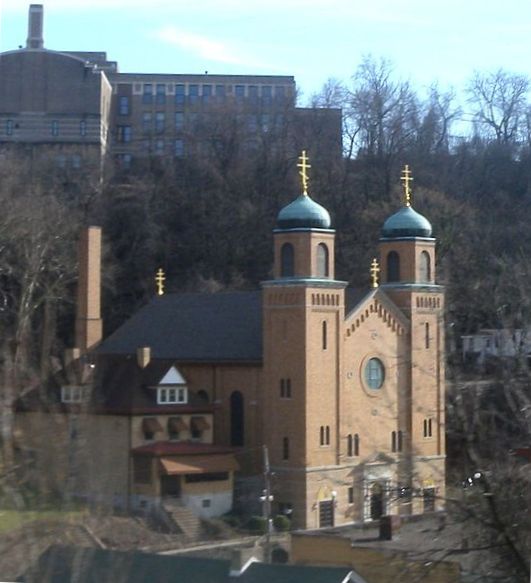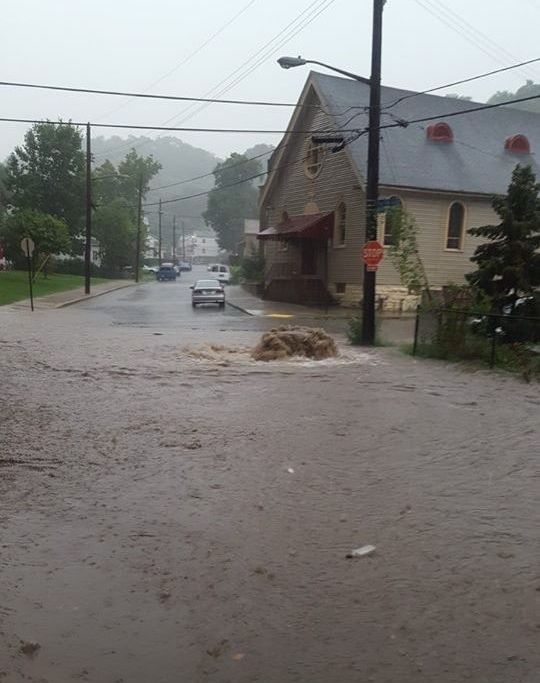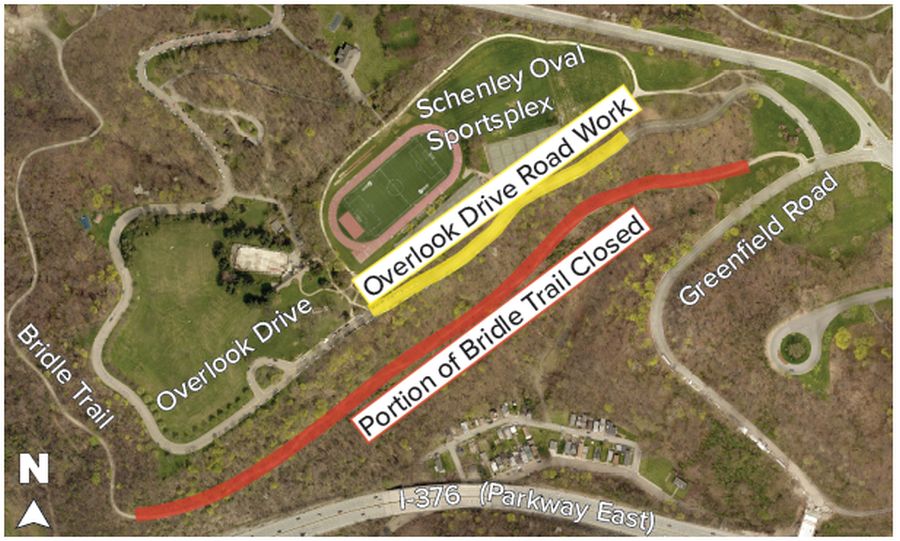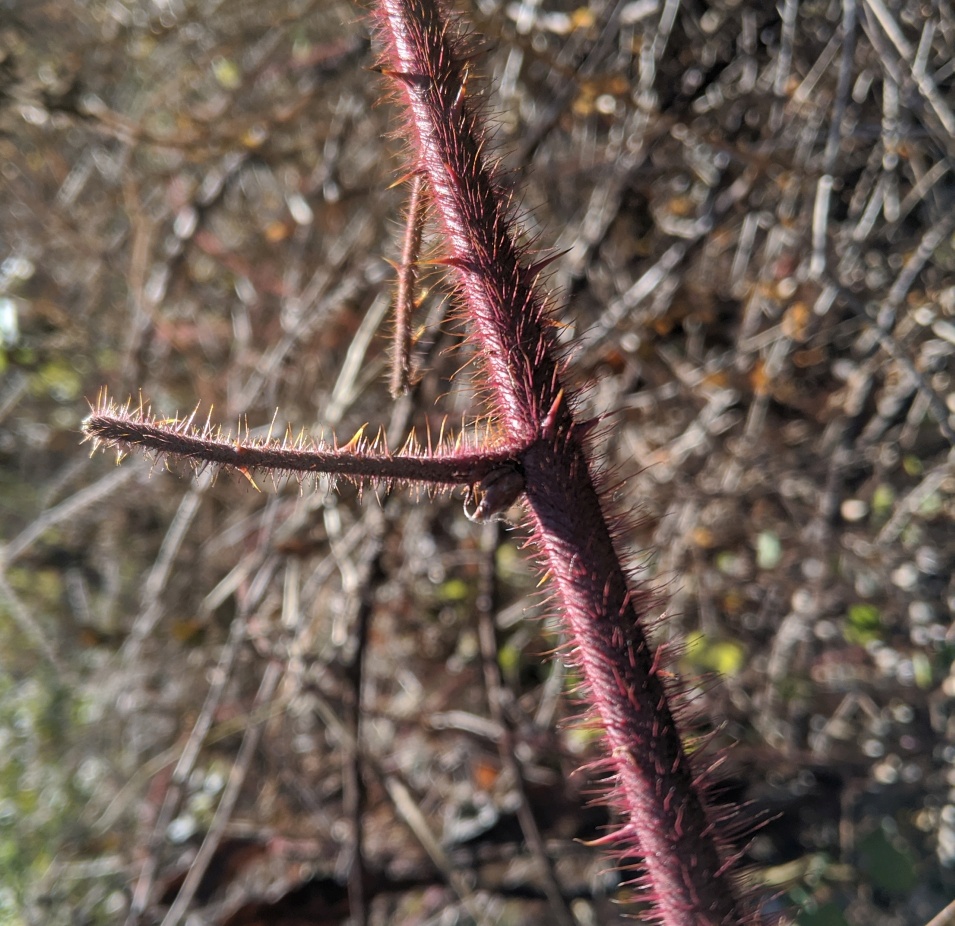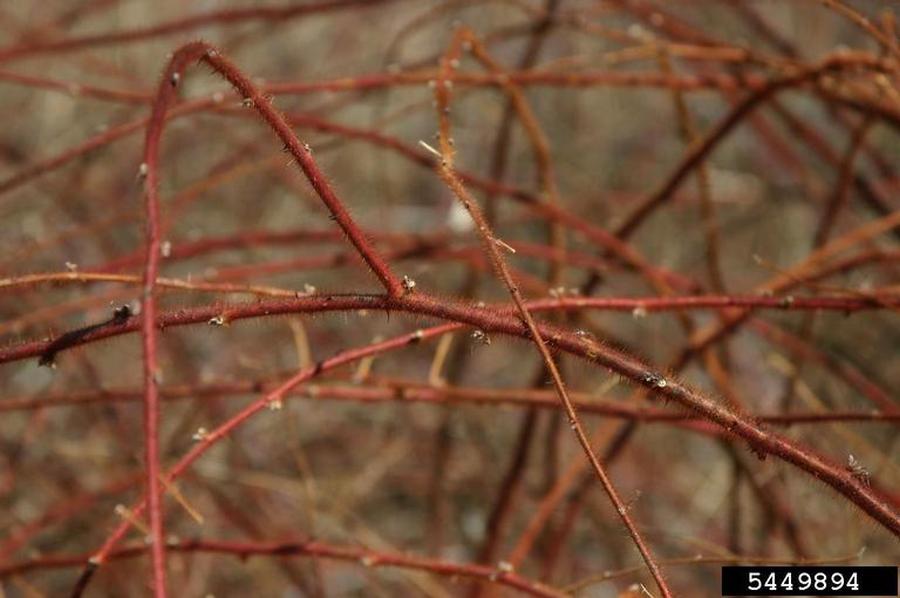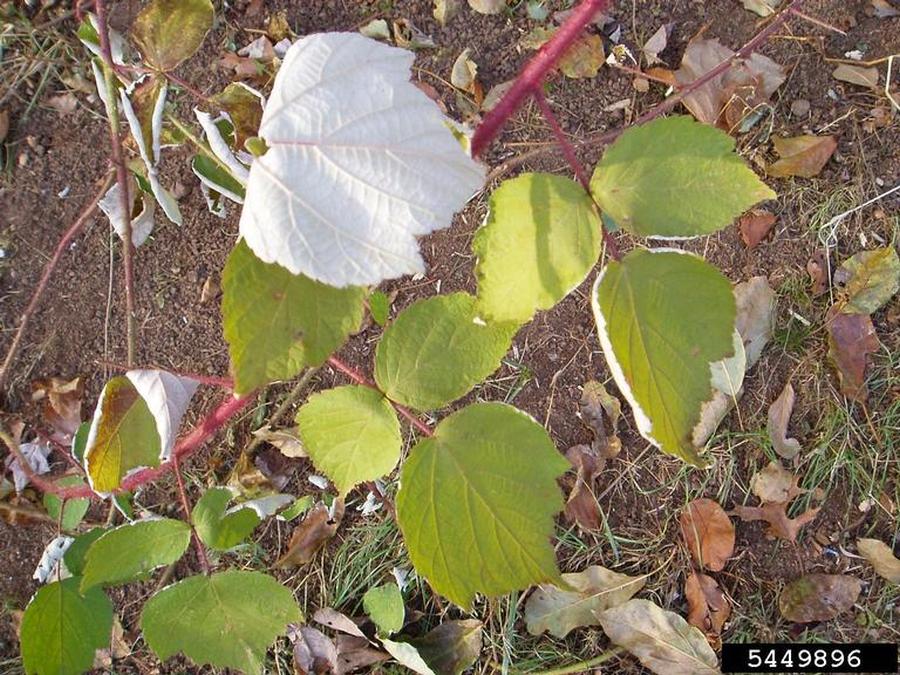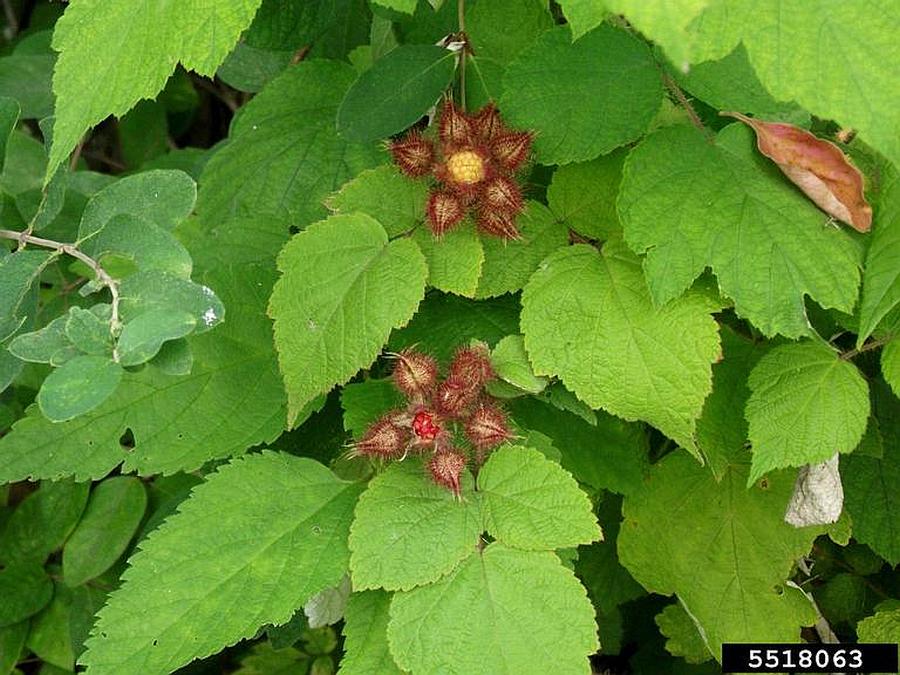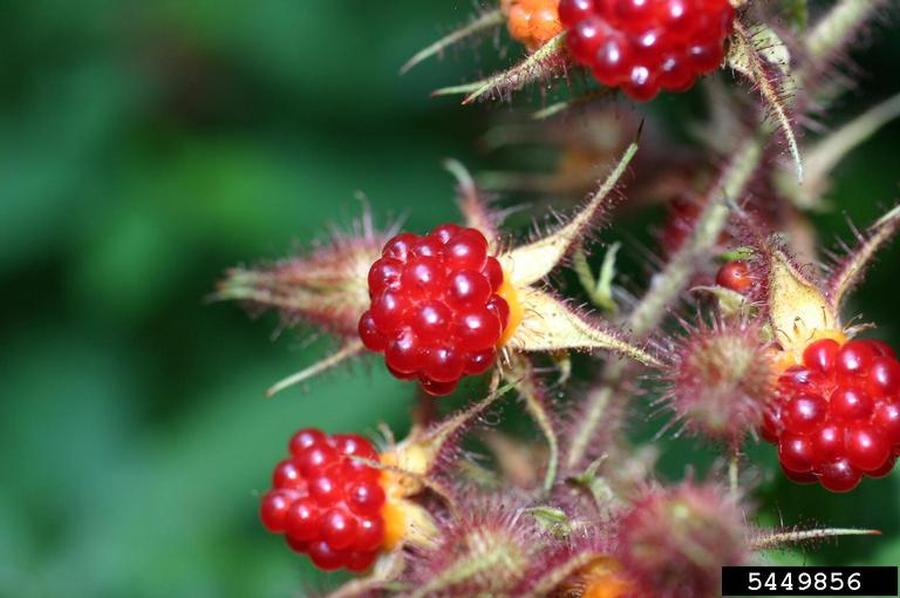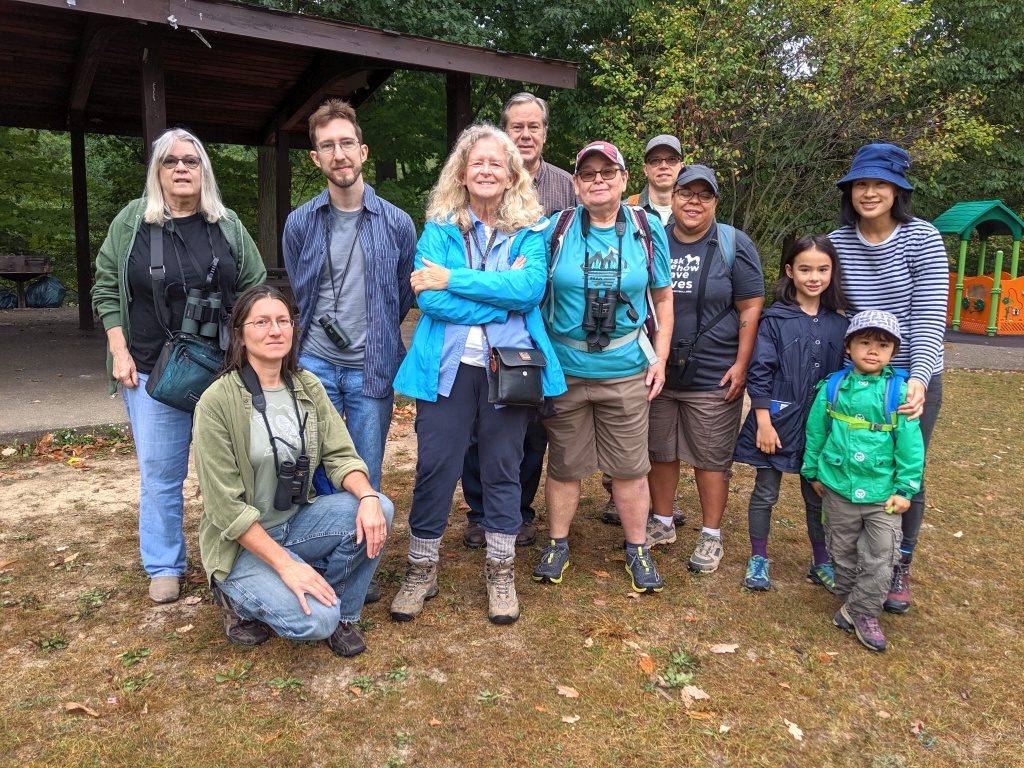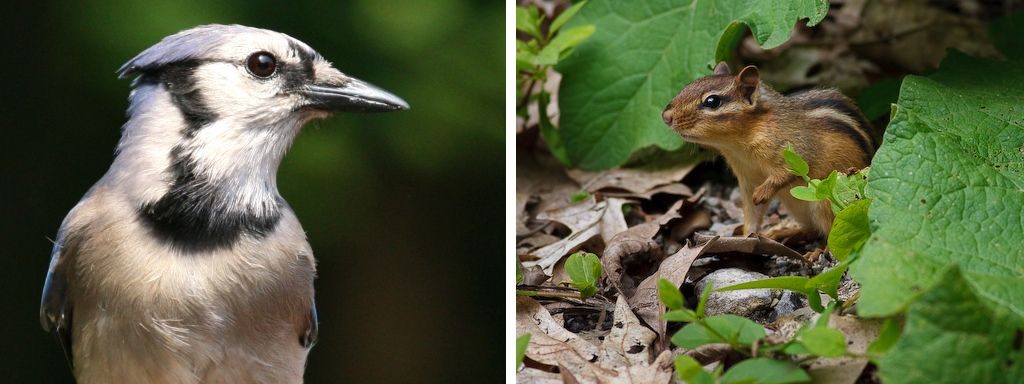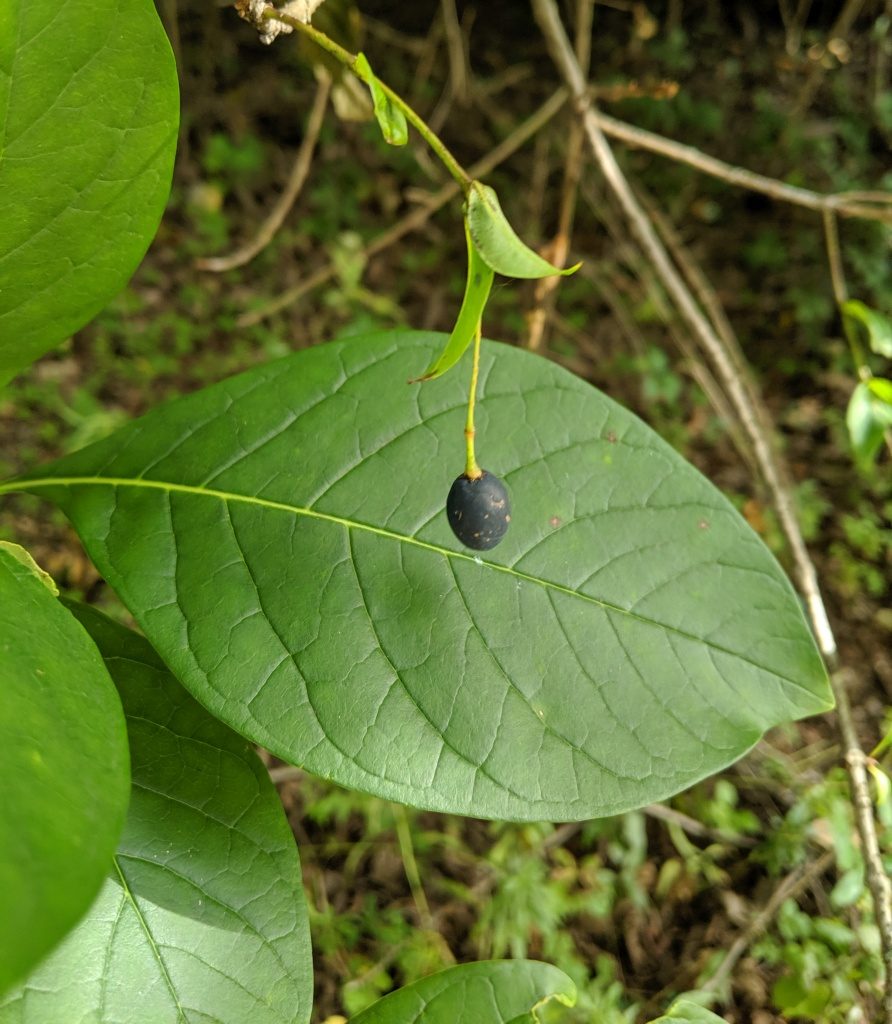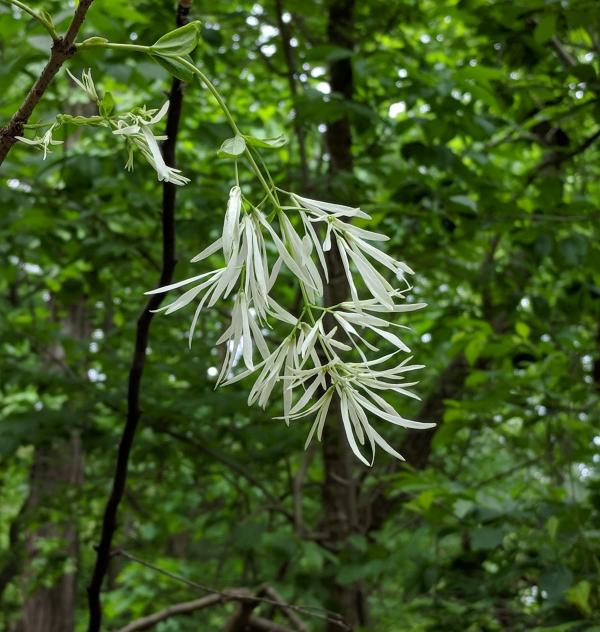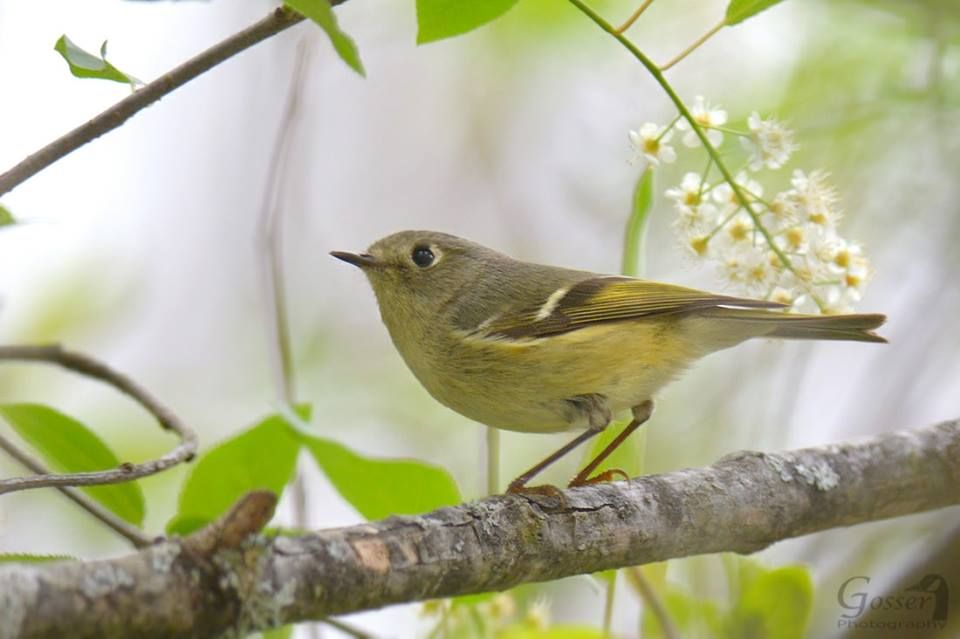
29 April 2020
Day by day and week by week there are different stars in the spring migration show. Here are the birds that brightened last week in Pittsburgh’s Schenley Park with a look to the week ahead.
For six days, April 22-27, I saw the largest influx of ruby-crowned kinglets (Regulus calendula) I’ve ever experienced in Schenley Park. Each day I counted 25 to 35 of them though I’m sure my numbers were low.
Steve Gosser’s photos, above and below, display these tiny birds from two perspectives. Did you know they have golden feet and black legs? It’s hard to see their feet because they move so fast!
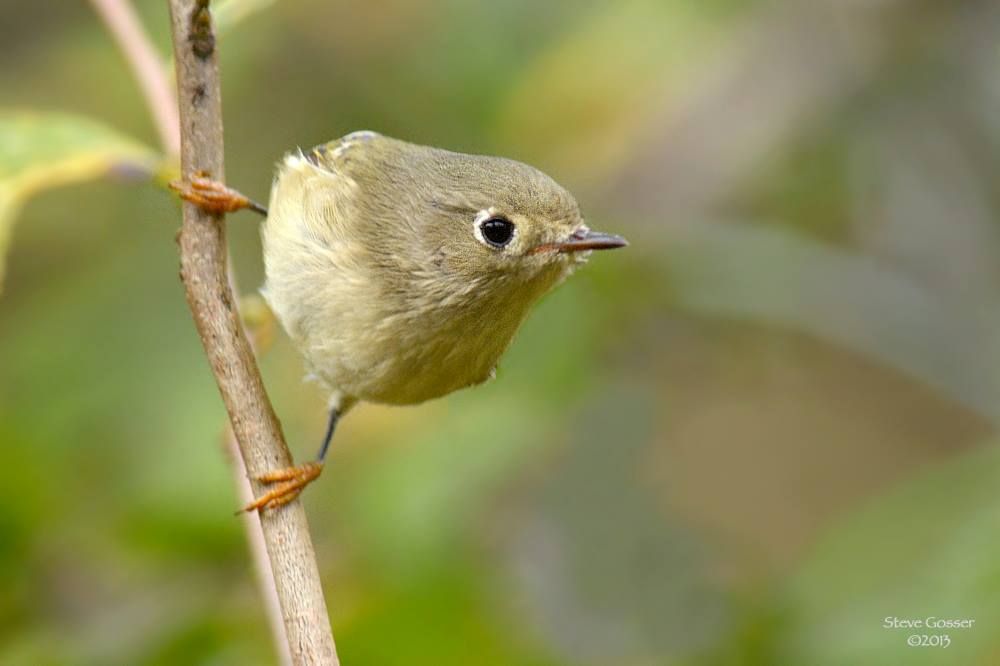
On 23 April a large flock of yellow-rumped warblers (Setophaga coronata) paused on a foggy morning and foraged on the ground. The males were quite bright in their black, white and yellow spring plumage. I’m waiting for the next flock to arrive soon.
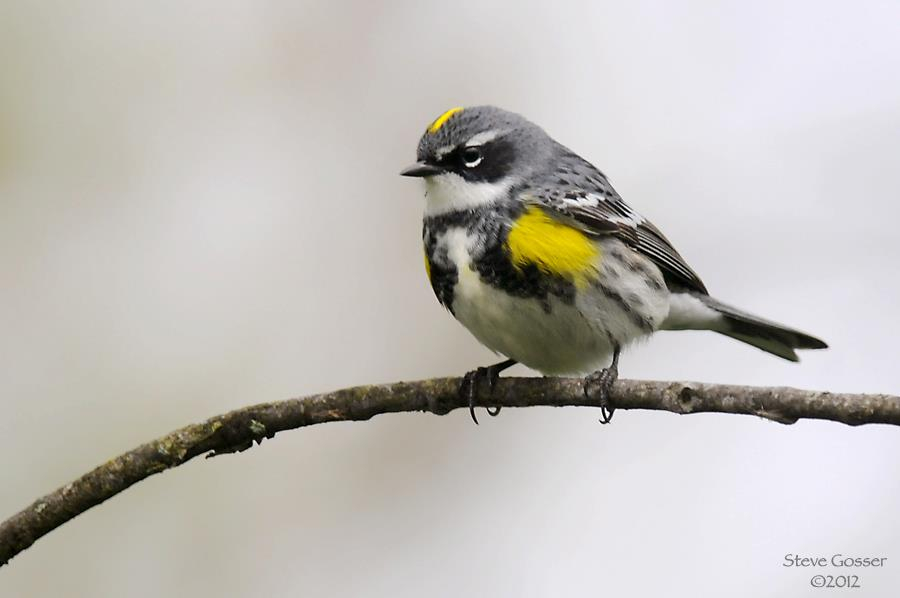
Monday 27 April was a stellar day for hermit thrushes (Catharus guttatus) when I tallied seven near the Falloon Trail. Steve Gosser’s two photos, below, show their distinctive reddish tail and plain face. All were silent but they provided an additional behavioral hint: They raised and slowly dropped their tails.
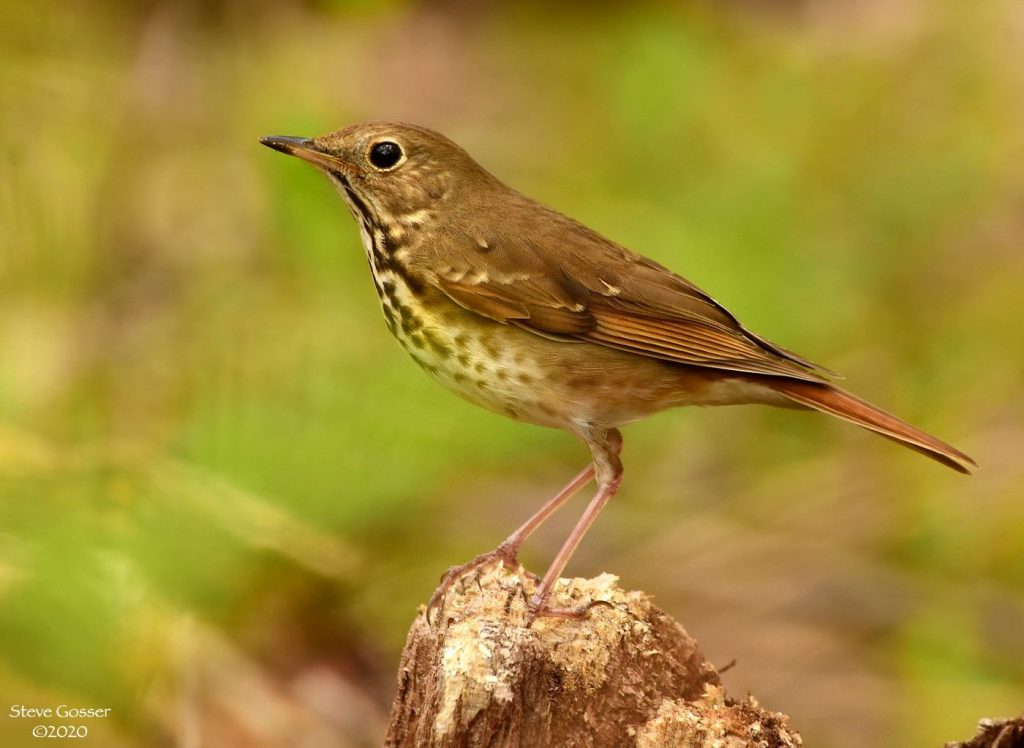
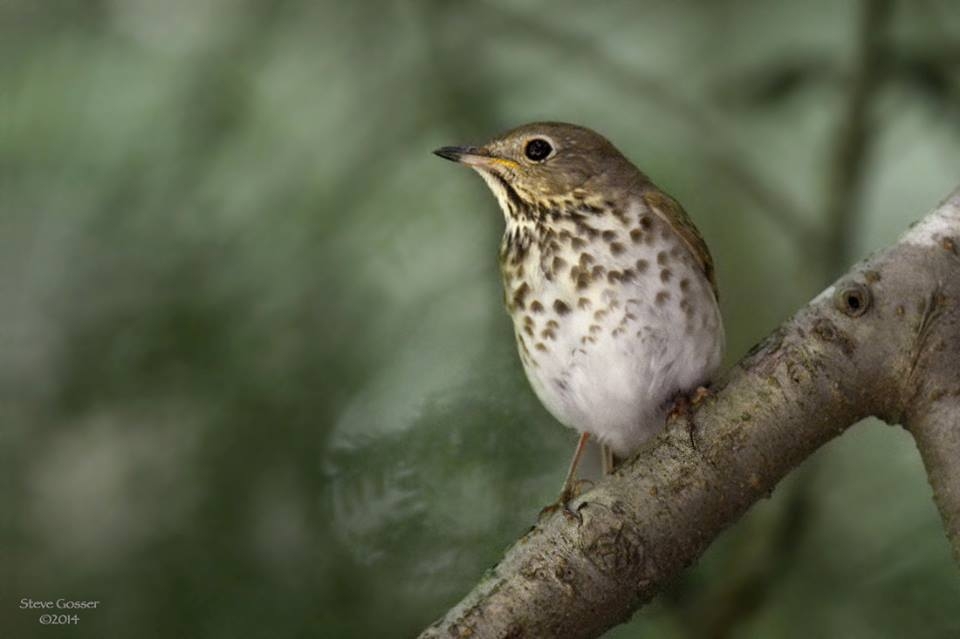
In the week ahead I expect more thrushes and warblers.
My first wood thrush (Hylocichla mustelina) in Schenley was photographed on 23 April by Donna Foyle. Yesterday there were three more.
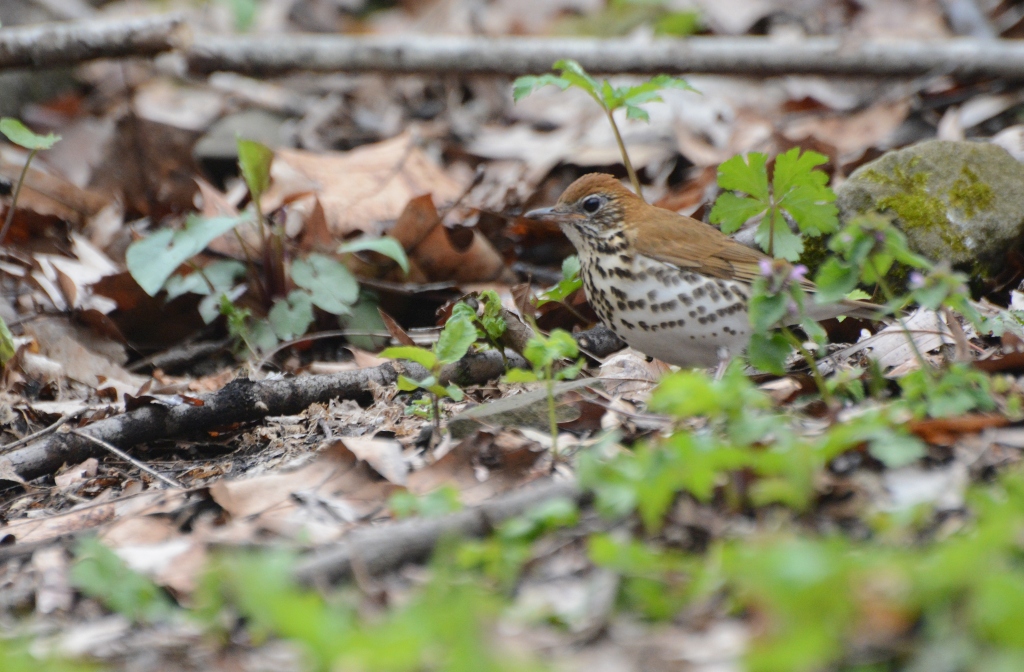
Notice the wood thrush’s distinctive rusty head and back, dotted breast and mottled cheek in these two photos by Steve Gosser.
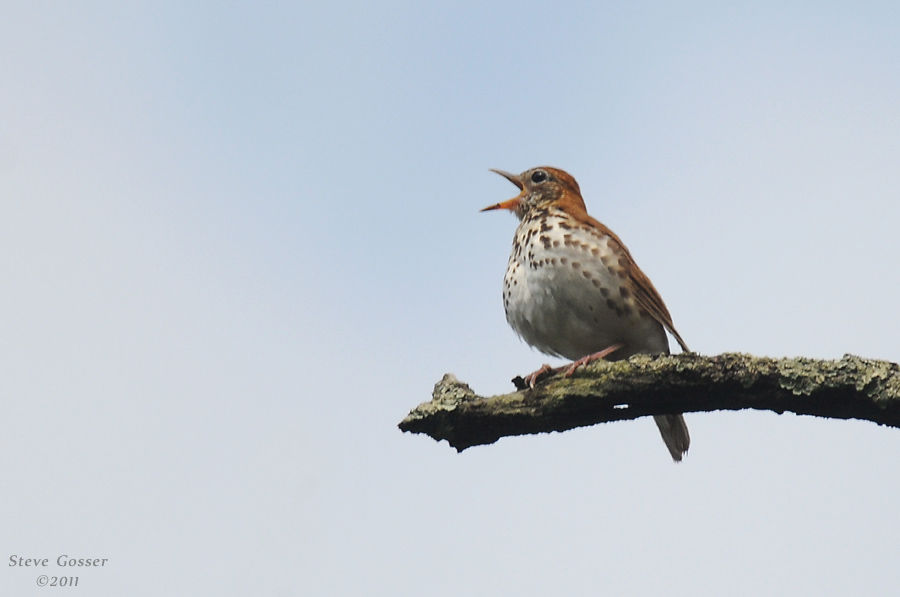
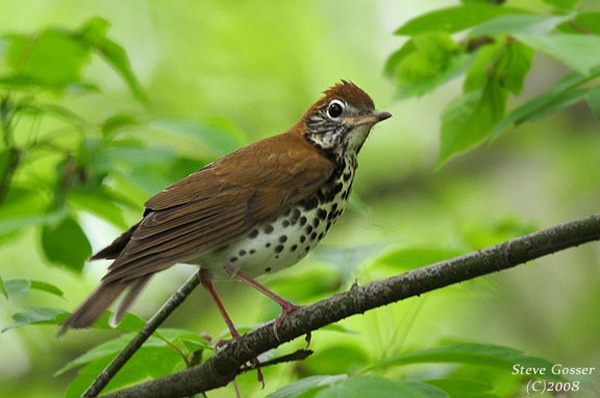
More warblers are on their way. Yesterday I saw my first black-and-white warbler (Mniotilta varia) of the year. Yay! This one was photographed by Lauri Shaffer in May 2018.
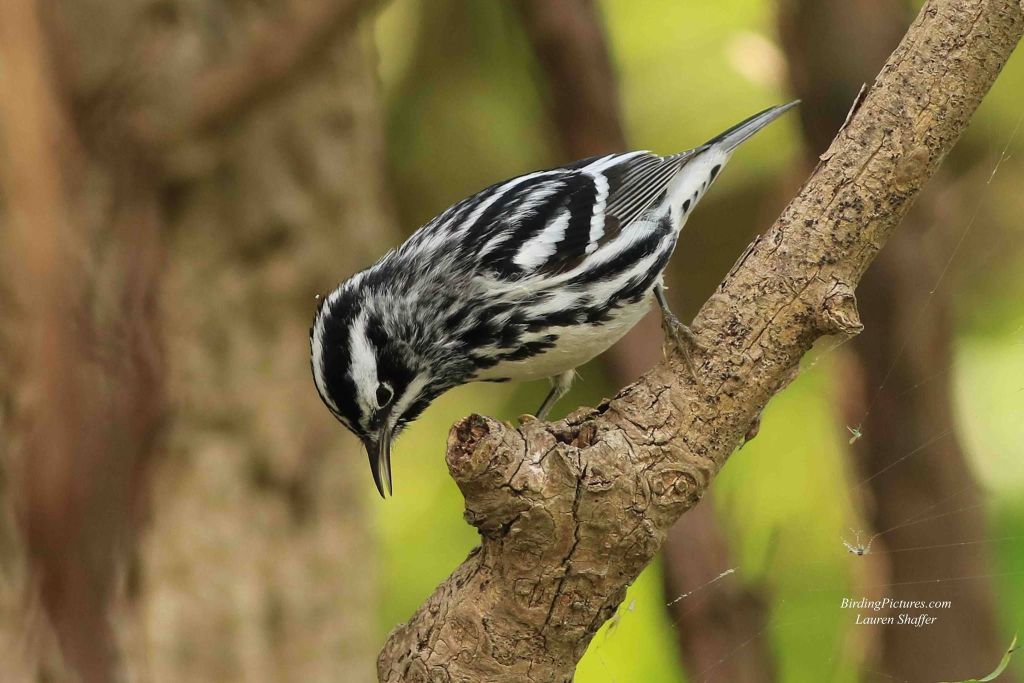
And here’s an audio star that I heard in Frick Park on 25 April.
At dusk at the intersection of Falls Ravine and Lower Riverview Trail in Frick Park you’ll hear American toads trilling in the wetland by the fence. Check out the video below for their look and sound, recorded on 11 May 2014 in East Stroudsburg, Pennsylvania. At the end of the video you’ll hear a bird sing, an orchard oriole. They’ll arrive soon at the Lower Nine Mile Run Trail near Duck Hollow.
UPDATE AT NOON, 29 April 2020: Two more stars arrived today! Baltimore oriole and rose-breasted grosbeak.
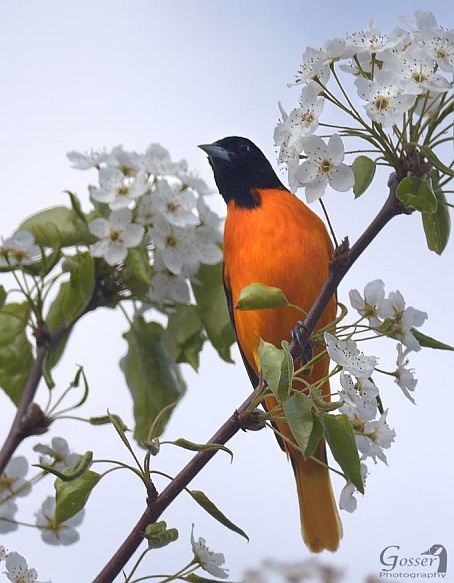
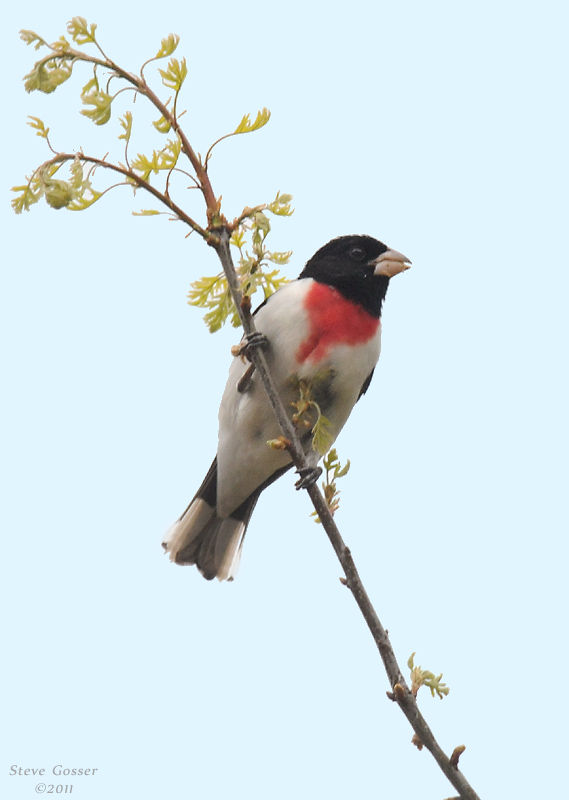
(photos by Steve Gosser, Donna Foyle and Lauri Shaffer)
